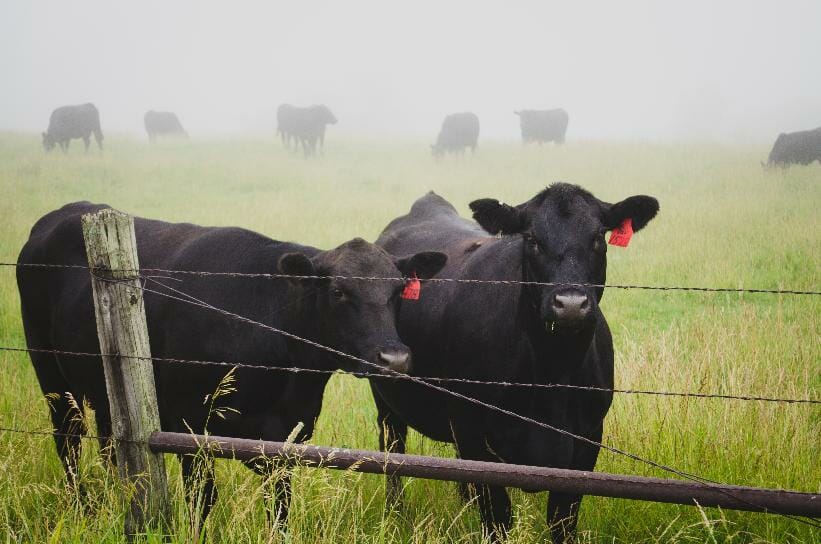The Center for Rural Affairs (CRA) released a whitepaper this week providing recommendations for programs included in the 2018 Farm Bill. The recommendations in the whitepaper appear to be in line with a number of principles discussed in the growing regenerative agriculture movement. More support for organic producers, encouraging grazing management practices through EQIP, higher conservation stewardship program payments for advanced conservation, and offering program sign-ups before planting season are a few examples.
“The 2018 farm bill created a variety of new provisions within these programs, requiring updates and creating opportunities to strengthen the programs,” Anna Johnson, policy manager for the Center for Rural Affairs said in a statement announcing the whitepaper. “There are several opportunities to improve economic outcomes and stewardship opportunities for farmers, ranchers, and rural communities.”
Technology may prove useful in helping some of these new farm bill provisions take hold, especially when it comes to their recommendations regarding grazing and soil support.
Better grazing management
The CSP offers farmers and ranchers already using conservation practices a chance to create a plan to improve their methods by working with the National Resource Conservation Service (NRCS). Once accepted, farmers and ranchers enter into a five-year contract to implement selected practices that make sense for their operations and natural resource concerns. They are provided with payments through the contract for the implementation of the additional practices.
The 2018 farm bill requires higher payments to farmers and ranchers who participate in this program for select conservation practices that have been shown to provide a particularly positive impact. These include cover crops, advanced grazing management, resource-conserving crop rotations, and comprehensive planning. CRA describes these practices as helping to build soil health, drought resistance, and reduce erosion.
Although increased payments were available for some of these practices in 2019, they have not been available for advanced grazing management. A few groups have been trying to incentivize farmers to adopt enhanced grazing practices, including the Western Sustainability Exchange. It’s working with a number of partners to create a carbon offset credit that can provide farmers with the cash required to implement new grazing practices like cross-fencing and water systems. Indigo Ag also launched a new service to help farmers adopt regen ag practices called Indigo Acres. The startup describes the new offering as a comprehensive package to support growers in their transition to regenerative practices.
The EQIP program is similar to CSP except it provides financial and planning support for individual practices rather than a set of practices and does not require farmers to assess the conservation impact of their entire operation. CRA is also encouraging support for good grazing management in the farm bill’s EQIP-related programs. Part of the EQIP program is aimed at helping livestock producers implement conservation practices that improve soil health, water quality, and wildlife habitat. The farm bill increased the livestock-related set-aside in the EQIP program from 60% to 50% and made grazing practices a requirement for the program.
“This change offers an important opportunity for NRCS to increase support for livestock management practices which improve forage quality, manure distribution and nutrient cycling, and water quality,” reads CRA’s white paper.
The new requirement could also go a long way toward helping farmers interested in diversified farming systems such as crops and livestock to implement livestock. The cost of adding infrastructure to begin a livestock operation like water and fencing can be a barrier for crop or vegetable producers. CRA is encouraging NRCS to promote the benefits of reintegrating livestock onto cropland and to publicize its new emphasis on grazing.
Soil health
An increasing amount of attention is being paid to the importance of soil health in increasing overall environmental health. The 2018 farm bill included soil health planning as an activity that can be included in the CSP. But soil science and understanding which practices will benefit certain regions the best can be difficult to determine and the learning curve can be steep. CRA has recommended that NRCS provide more support to farmers in determining a soil health protocol for their operations.
And when it comes to approving waste management facility applications to handle animal waste produced at confined feeding operations, CRA is encouraging NRCS to evaluate the environmental impacts of proposed facilities on the surrounding area. This is especially important in sensitive areas that may not be able to handle an additional manure load.
Several startups are focusing on applying technology to soil health. FoodShot Global recently announced the winners of its Soil 3.0 Challenge including California soil microbiome testing startup Trace Genomics (an AgFunder portfolio company). Trace Genomics has built the first scalable soil microbiome test to help farmers predict soil disease, soil health, and crop quality, using high-throughput DNA sequencing and machine learning.
Last year, we compiled a list of 20 startups that are working on technologies to improve soil health.
These are only a few examples of recommendations from the white paper. Click here to read it.




